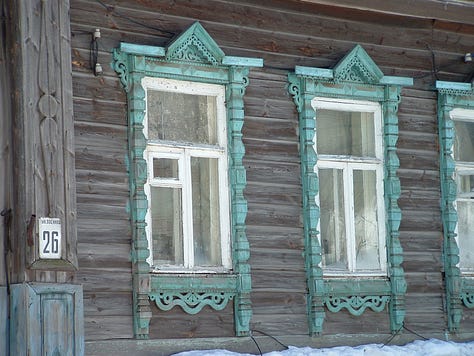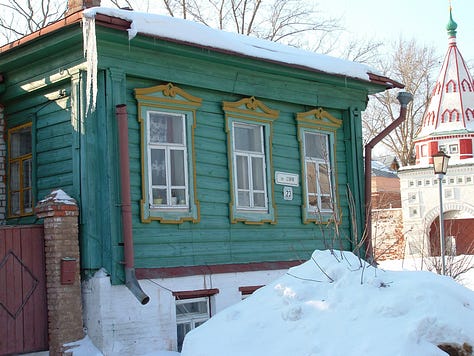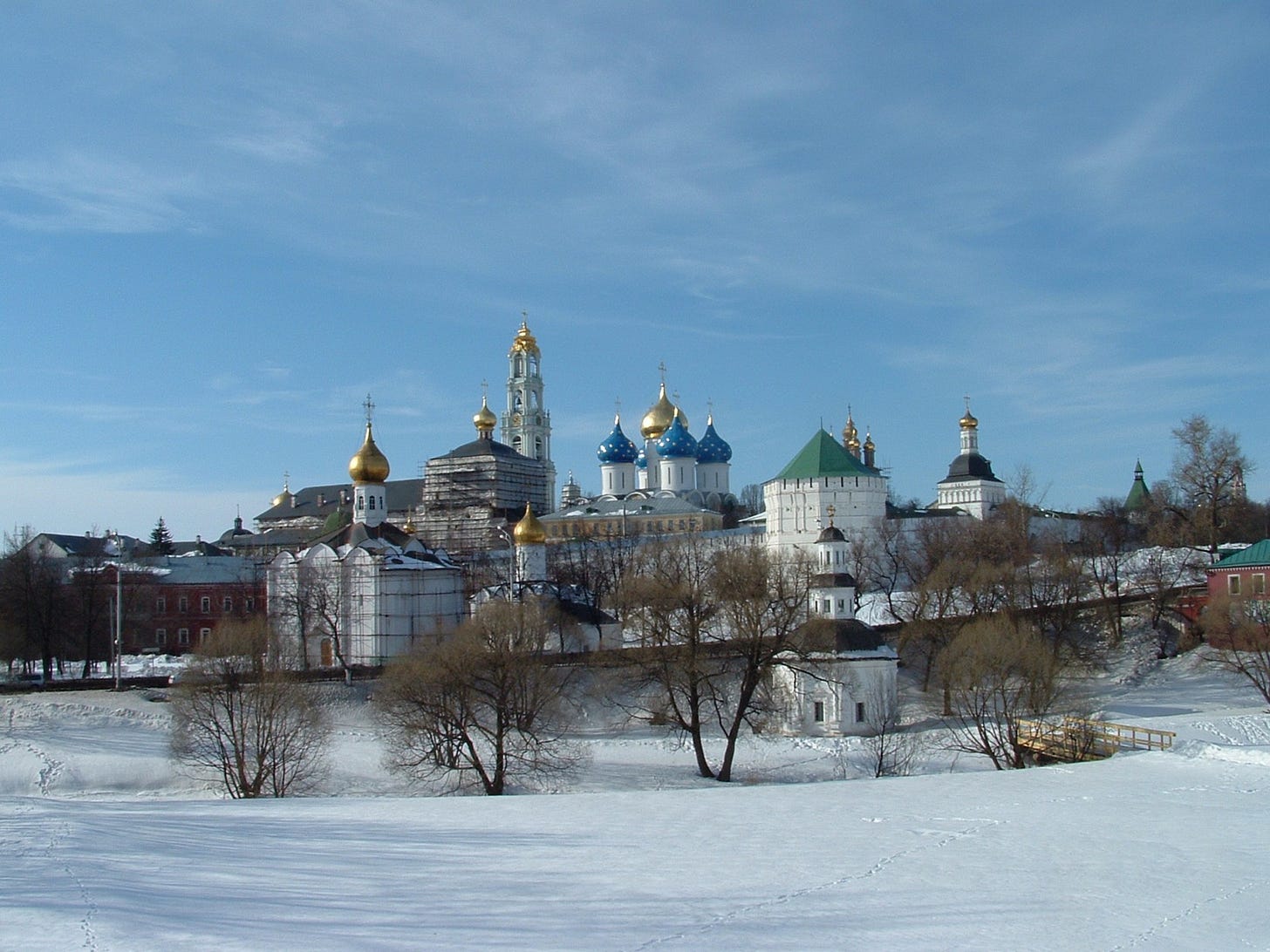“I can’t believe the things you say. I can’t believe, I can’t believe the price we pay.”
— “. . . And Justice for All,” Metallica
I’ve been cold a lot recently. It’s winter, the temperatures have waggled around a fair bit, the wind picks up more than I’d like, and I spend a lot of time outside. Walking to and from the school, picking up groceries, attending committee meetings, meandering along the river. It’s my favorite time of year, the months I dream of when the interminable, sunny days of summer send me scurrying for shade and water. I love living and moving around in a place with long, cold, dark winters. Yet I am cold. I am cold now, in my own house as I type this while wearing a sweater, and was cold this morning when I walked the dog. I crave being warm. In the cold.
What is sacrificed to meet my desires? What resources do I demand to make myself comfortable in the climate I profess to enjoy?
How much of the planet does each of us require for our basic needs, much less our pleasure, our comfort, our leisure and ease? Our warmth.
The photos in this post are all from a couple of months I spent in Russia in 2005: Sergeiv Posad, the home of Russian Orthodoxy, up top; houses in the village of Aleksandrov where a museum dedicated to my stepmother’s great-aunt Marina Tsvetaeva (along with Ivan the Terrible’s castle) is located; and at the bottom a craft market on a sub-zero day in the ancient village of Suzdal, in what’s known as the Golden Ring of Russia.
That day in Suzdal is one that sits with me due to the sheer depth of the cold. I’d taken a train from Moscow out to Vladimir, a city known for its bread-baking factories and for having been burned flat by the invading Golden Horde in the 1200s. The people around me spent the ride sipping vodka and cheap Baltika beer, and I gave up trying to read my Russian detective novel in the near-freezing train car and stared out the window.
The journey from Vladimir to the village of Suzdal was long and riven with lack of information—when did the bus go? where did it stop? why did the driver have a string of stuffed animals bouncing above the windshield?—and cold. The walk to the bus station was cold, the bus was cold, the kilometer-long walk into Suzdal was cold, the pastry I bought for lunch was cold. The day was just cold.
Yet people weren’t sequestered indoors. Old men walked the streets in woolen boots, and children slid down the snowy hillsides. Even the craft market was open, the few vendors stamping their feet and blowing into their fingers over boxes and toys and hair clips all carved out of birchbark. I wandered around the village for a few hours taking photos of churches and small houses with intricately carved window frames—cottage-like wooden houses called izbas. Minute to minute, I probably thought more about how cold I felt than anyone who lived in those sub-zero days winter in and winter out ever had.
I was glad to get back to Vladimir and a heated room and hot soup, while the day itself sank into me, the way the cold slapped my face, the way my eyelashes stuck together and the wind found its way through my hat. It’s with me now, halfway across the world, burning natural gas to heat the room I’m in and hydropower to fuel the device I’m writing these words on.
People often ask to go for walks with me and just as often cancel because of the weather. It’s too cold, too hot, too windy, too wet. Over the years it’s made me wonder if human skin has devolved, if we’re unable to handle small variations in climate because our bodies have gotten so accustomed to controlled temperature conditions. My own circulation is all over the place. My hands are almost always cold, but most of summertime makes me want to crawl into a dark, chilly cave.
An inverted view of our maladaptation is how much we’re willing to burn to be comfortable. In an essay for High Country News last year, Joe Wilkins wrote about the hidden fires that make our lives possible:
“Maybe traveling some rotten stretch of interstate you spy blackened stacks, raveling smoke and wonder, What’s burning? We ought to ask the same each time we step into a comfortably warmed or cooled room, each time we click on a reading lamp or plug in a phone.”
When I was thinking about this recently, I considered cold houses and discomfort, about what even well-off people used to be adapted to not that many decades or centuries ago. Of an old castle I walked through off of the Isle of Barra in Scotland’s Outer Hebrides—the damp, the draft, the realization that no amount of peat fires or layered clothing would have made that laird’s lair in any way warm. Not in an “I’m going to hang out in my pajamas and try and fail to read Kim Stanley Robinson without falling asleep” kind of warm.
But then I remembered those izba houses in Russian villages and how Russians overheat everything in winter—apartments, overnight train carriages, tea—and how in these izbas there is almost always a window with a tiny pane you can open to let some fresh air in and heat out. You can see one in the middle photo below, in the window on the left.



Older Russian homes often have one of those rocket-type stoves surrounded by plaster or other material that a grandparent of the household used to—or perhaps still does—sleep on. They’re incredibly efficient and incredibly hot. The comfort level is dictated by that one low-resource, high-impact feature: an adjustable hole in the wall.
My house has no such feature. Sometimes it’s too cold, and my option to change that is to burn something, whether it’s wood in the woodstove or hydropower or natural gas to the central heating.
I wouldn’t trade the winters, or the dark, or the cold. I love seeing the stars for hours at night. Love frozen breath in the air and the crunch of boots on the ice and walking in snow-filled woods to a friend’s hidden bonfire spot. Yet I’m always trying to find ways to keep myself warm: mittens instead of gloves, an extra layer under my coat, a scarf, tea, soup, hugs, a fire in the woodstove that I often just want to crawl into.
What would my home’s resource footprint look like compared to a Russian izba with a central stove and a small window for air? All the materials burned and the lines and pipes used to transmit their energy into my home. All the planet-life drawn in to make my skin a little more comfortable in the chill of a room.
Whose lives do I burn to ensure my comfort in a climate I don’t want to leave?
Some stuff to read or listen to:
Mapping the Doctrine of Discovery podcast might be one of the most important resources I’ve come across in a long time. I highly recommend making time for this one. From Episode 1: “You don’t have a right to the land. Our right to the land is superior to yours because we’re Christian and white. That’s still the basis of Indian law in the United States. And it carries on today. . . . We have to keep educating people about the damage of the Doctrine of Christian Discovery and Domination.” (I’m just some white middle class mom shouting into the void, but I think the importance of the Doctrine of Discovery can’t be overstated, and it’s nice to hear that affirmed by people who actually know what they’re talking about.)
Fantasy novelist Ken Liu writing in Orion on control of narrative—or lack thereof—in the Anthropocene: “Stories have drained seas and melted ice caps, thickened the air and punched holes in the sky. Stories have launched a thousand ships and may yet launch a thousand nuclear missiles. The planet is at the mercy of our history, our story, our spell.”
Two articles in Montana Outdoors from this year, one on the consequences of feeding wildlife (especially deer) indigestible food like corn, and another on what happens to a landscape when beavers are allowed back in.
Matthew Denton-Edmundson in The American Scholar on the disappearance of wild ginseng in Appalachia and some tricky contemplation of ownership and the commons: “Why is it that energy companies are allowed to continue to demolish thousands of acres of valuable ginseng habitat while new regulations eliminate harvesting on national forest land that is supposed to be owned by and belong to the people?”
The Log Project is a multidisciplinary, long-term project from writer and artist Karrie Higgins with creations using wood from a derecho (a straight-line windstorm) that hit Cedar Rapids, Iowa, in 2020. There’s a lot to explore from the site, including articles pertaining to the project:
“As we burned the Morse code into this log, it took an ominous tone..– …. .- – / …. .- – …. / –. — -.. / .– .-. — ..- –. …. – ..–..
What hath God wrought?”
A fantastic find from subscriber Charlotte: “Pierson v. Post’s Unheard Voice,” a poem by Ann Tweedy in Hastings Journal on Gender and the Law, telling the story of Pierson v. Post from the point of view of the fox. The fox not only owns herself, but she has a voice! (I love this one.)






John Haines book is a classic, in touch with the place that claimed him as few are. I think of how the homestead was heated; the wood we gathered for fires, and the coal - enough in the ground, even the homesteaders knew, to sustain twenty generations. But nothing can sustain industrial obeisance to greed. The zero sum game was introduced by those whose need is to push everything and everyone else aside; generosity is not recognized.
Your writing leads me to unexpected places. I like to think the diversity of an audience can lead to some interesting dialog. I am a prisoner of my scientific background. I like the way your writing steers my thoughts in ways I thought I'd forgotten. For me, what you write about returns me to the inevitable challenge of what the last 500 years of modernity has brought. In the end, it is all about entropy. Each bit of material in the ground, now becoming a sexy term ala sequestration, is a candidate for the increase in entropy. Taking a perfectly stable bit of oil or coal or wood and burning it drives the formerly predicable solid, liquid or gas and places it in the upper atmosphere in a state of liberated disorder (and high entropy / disorder).
It is not a statistically different comparison based upon efficiency. The truth is burning a lump of coal is not reversible. The unfortunate laws of thermodynamics mean that to take the component CO2 gas and put it back will require EVEN MORE ENERGY than we got to warm our skin. The only answer to this seemingly intractable problem is to find ways to do stuff outside the closed system of our lowly planet. That answer is certainly solar power of all sorts. It is the only free resource we can likely use to fuel our lifestyle, even if we wear more sweaters.
As you know, you and I share the commonality of America's coldest spot here in Minnesota. This defines your past and my current. We are often apologetic and assume it is done better elsewhere. Minnesota, represented well by companies like 3M represent some of the very best in energy efficiency. My memories of Lithuanians spreading goose fat on their faces while I was kept well insulated by my 3M engineered clothing tells me that I would not wish to change places nore let my mind meander to a place where I imagine the rules of thermodynamics studied by the scientists at 3M do not apply. We all remain prisoners to the laws of thermodynamics.
As for "the sheer depth of cold", I am confident that modern society has not flourished much brighter at a higher latitude that what we experience here in the Twin Cities and further north. I am sure such things are true in Russia as well as Scandinavia. What I am also confident in is my suburban, modern-home R-52 in the attic is likely more efficient in its build and energy miserlyness than most any home similarly situated in the world.
I am always glad when I get to read your Newsletter.